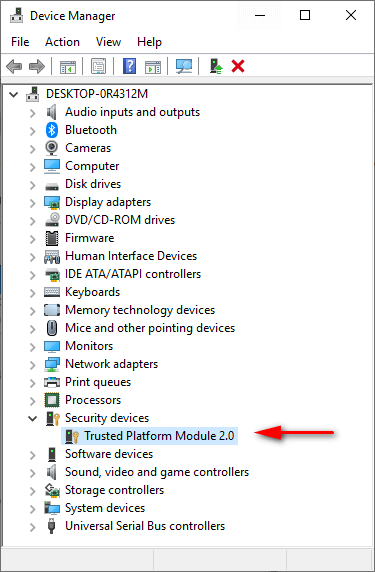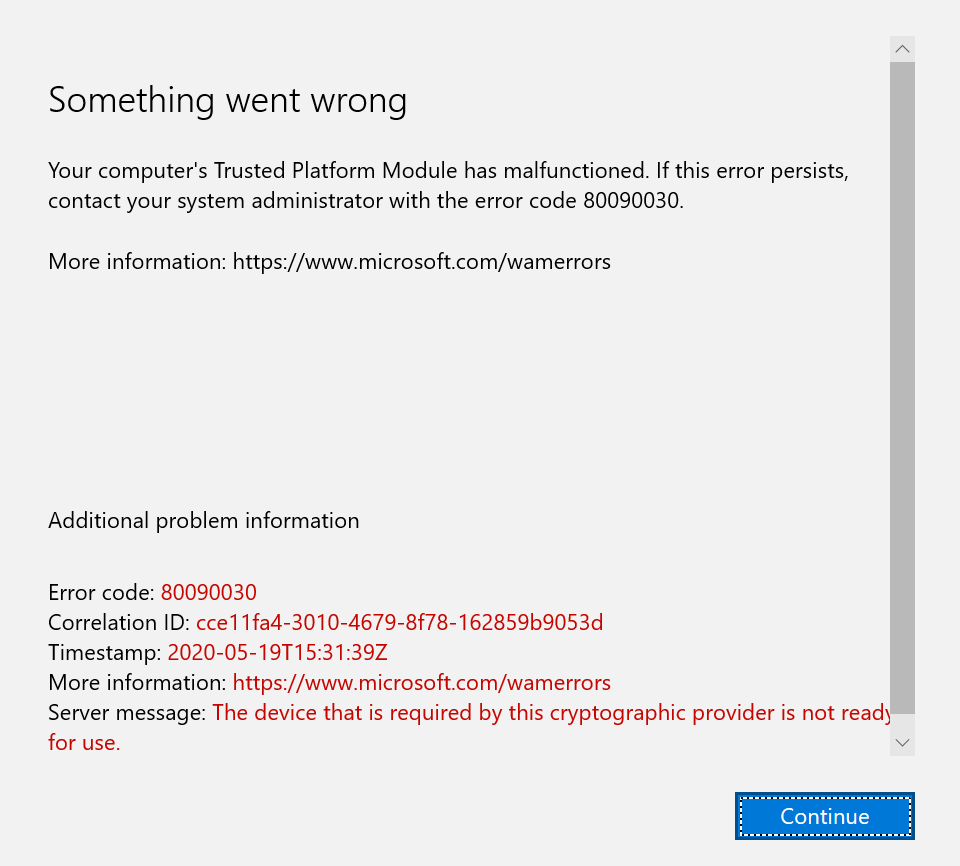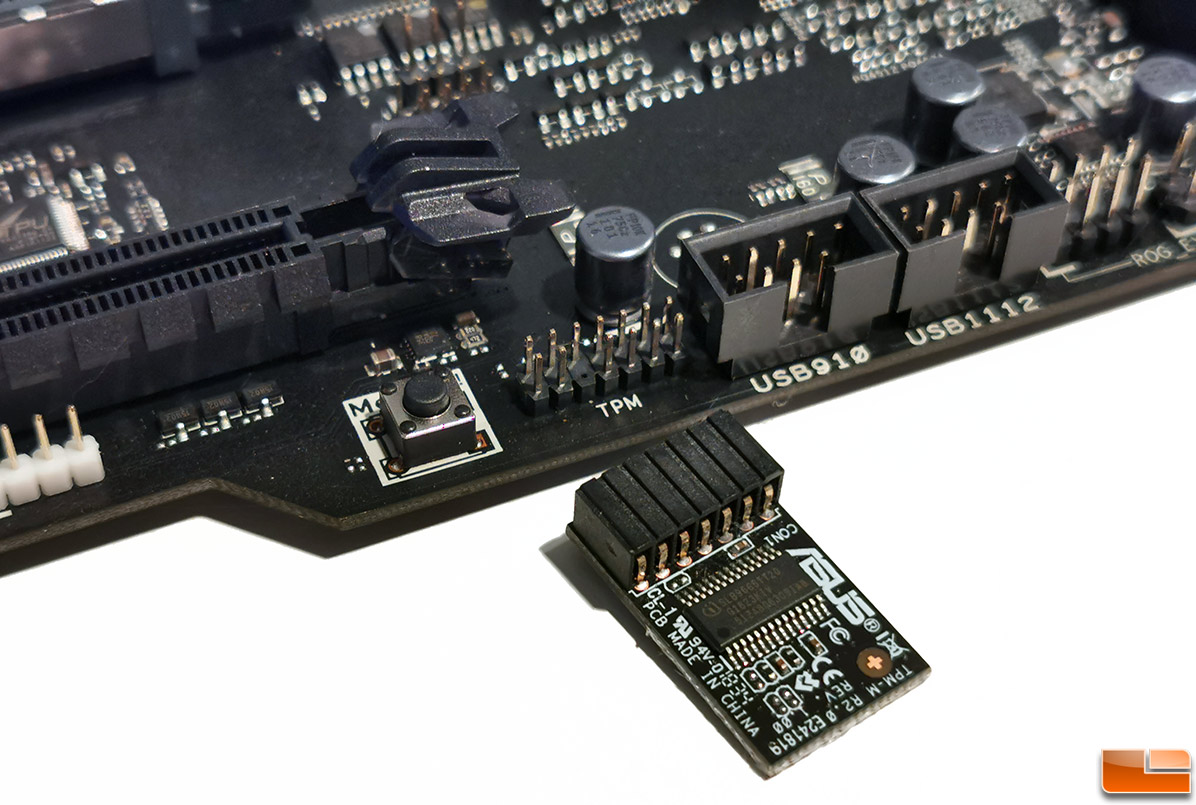


Shen Ye, Senior Director of Global Head of Hardware Products at HTC Vive, questioned Microsoft’s move on Twitter. “Requiring the TPM 2.0 elevates the standard for hardware security by requiring that built-in root-of-trust," he added.īut adding such a requirement could make it more difficult to produce affordable PCs. “PCs of the future need this modern hardware root-of-trust to help protect from both common and sophisticated attacks like ransomware and more sophisticated attacks from nation-states," Weston said in his post. But Microsoft is changing that, saying any Windows 11 user should at least have access to such a chip. Not enabling BitLocker would avoid these problems, though.The rationale seems simple - a PC that may be used for work or enterprise use cases needs this chip. Hence, changing your processor will remove your BitLocker keys and will cause problems. If you enable BitLocker, then all your keys will be saved to your processor, not a separate chip. Microsoft has also released its inaugural Windows 11 Insider Preview build and has updated its processor requirements to accommodate the Zen 1 and 7th Generation Core families.Īs far as we can tell, there is only one downside to using Intel PTT or AMD PSP fTPM over a dedicated TPM 2.0 chip. Hopefully, Microsoft clarifies this in its Windows 11 system requirements at some stage, because Intel and AMD do not readily market their PTT and PSP fTPM technologies as TPM 2.0 alternatives. In short, you do not necessarily need to rush out and purchase a TPM chip to run Windows 11 on your desktop machine. For example, Gigabyte stored the AMD PSP fTPM setting under Advanced CPU Settings. Every BIOS is different, so we would recommend reading your motherboard's manual first. Many motherboard manufacturers disable these by default, but you can enable them from within your motherboard's BIOS. Specifically, Intel integrates Platform Trust Technology (Intel PTT) in its modern processors, while AMD uses something called PSP fTPM. If your machine does not have a dedicated TPM chip, your CPU may have an equivalent built in. However, that is not necessarily the case, despite Microsoft's insistence to the contrary. Initially, Microsoft stated that a TPM 1.2 chip would do, but it has since clarified that only TPM 2.0 will do. On the face of it, we would need to purchase a TPM 2.0 chip to run Windows 11, which currently sell for exorbitant amounts.

Anecdotally, our Gigabyte AORUS PRO WIFI X570 motherboard has a TPM header, but no TPM chip. While many modern laptops have a TPM 2.0 chip, desktop motherboards do not. Microsoft also states that a machine must have a Trusted Platform Module (TPM) and a 2.0 version at that. Microsoft's Windows 11 system requirements have caused a stir, not least because of the seemingly arbitrary processor limits.


 0 kommentar(er)
0 kommentar(er)
